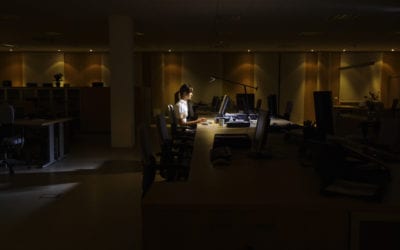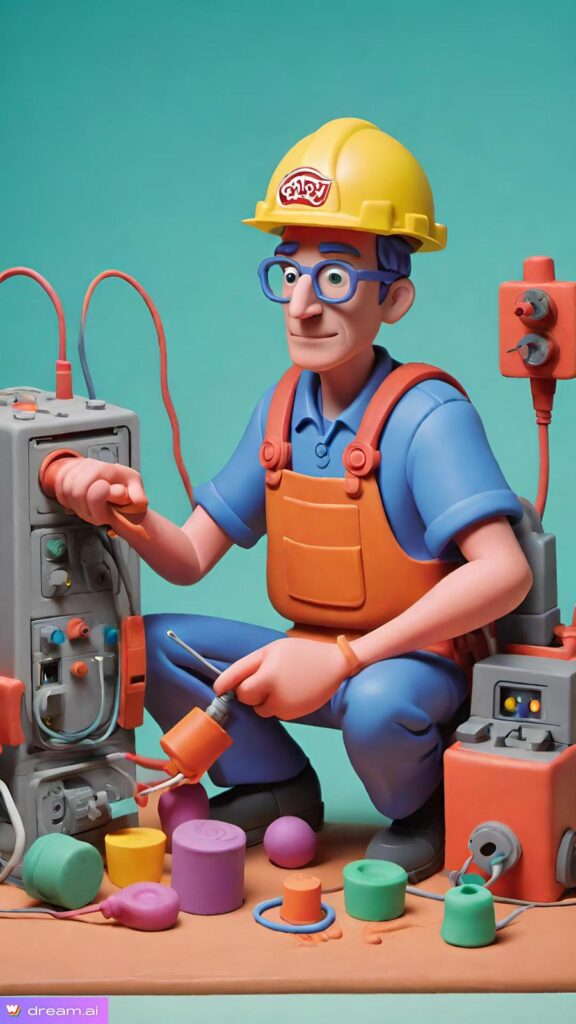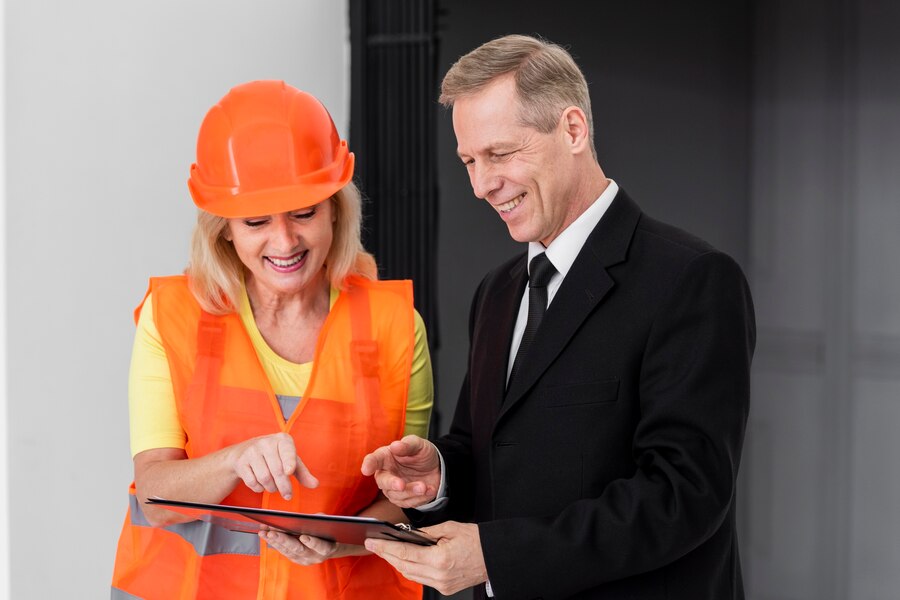We all know that Guy Fawkes was caught while working alone – his fellow conspirators weren’t there to help him when their plan was discovered. But does being on your own at work mean you’re always at risk? Here we look at some of the issues around lone working and ways you or your employees can stay safe, by giving you some tips on ways to stay safe when working alone
Am I allowed to work alone?
This is one of the most frequent questions we get about lone working. So, we thought it would be a good idea to run over a few facts to help our readers decide for themselves.
Think of how much time you spend on your own, whether it be at home, walking or driving somewhere or even if you’re trying to get five minutes peace by hiding in the garden shed. Do you feel at risk of injury because you are on your own? The answer is probably no.
It’s estimated that up to 8 million people work on their own in the UK. Even home working is normally working alone, so how on earth are you meant to control this?
What is Lone Working?
The HSE defines lone working as any situation where ‘someone is working without close direct supervision’.
Yes – provided it’s not unsafe to do so.
Who are lone workers?
Lone workers can be both mobile workers and people that work in fixed places. It can be people working outside set working hours, or people working in remote locations. Keep the definition in mind when deciding who a lone worker is.
Real-life examples
Let’s examine two cases:
You’re at work in the office on your own. You need to get some admin done and everyone else has gone home. You’re sitting at your desk typing; are you at risk?
You’ve been asked to work in the basement to change some lightbulbs and you need to use a ladder to reach the bulbs. Are you at risk because you are working on your own?
The answer is probably ‘yes’ for both scenarios, and here’s why…
Questions to ask
- Does the job need to be carried out by someone on their own?
- Does the work area present a risk, i.e., are they working in an area difficult to access such as a roof, and they’re using ladders to get there?
- Is there safe access and egress from the place of work?
- Will they be using any hazardous machinery on their own, i.e., a bandsaw or a lawnmower, this list is extensive?
- Are they using chemicals or hazardous substances?
- Do they have to do heavy lifting?
- Is there a risk of violence and aggression?
- Are there reasons the person might be more vulnerable due to their age, health, pregnancy, disabilities or any other reason?
- If your worker doesn’t speak English or has limited English skills, how can they raise the alarm?
How do I fix this?
There’s a range of solutions on the market such as lone worker protection devices, and trackers etc. However, these might not be a sensible or cost-effective solution for your business, and it may be that you need to change a few of your management procedures to control the risks. Whichever solutions you put into place, keep in mind they must be reasonably practicable, i.e., time, cost and effort versus the benefits to safety.
I’m sure you’ll agree it’s more likely that the person working on the ladder is at higher risk from lone working than the office worker. But this shouldn’t be taken for granted.
We recommend that you do a sense check of lone working in your business, and if you need some extra help you know where we are – we can advise on any issues relating to lone working.
If you would like some advice, then please get in touch here.





